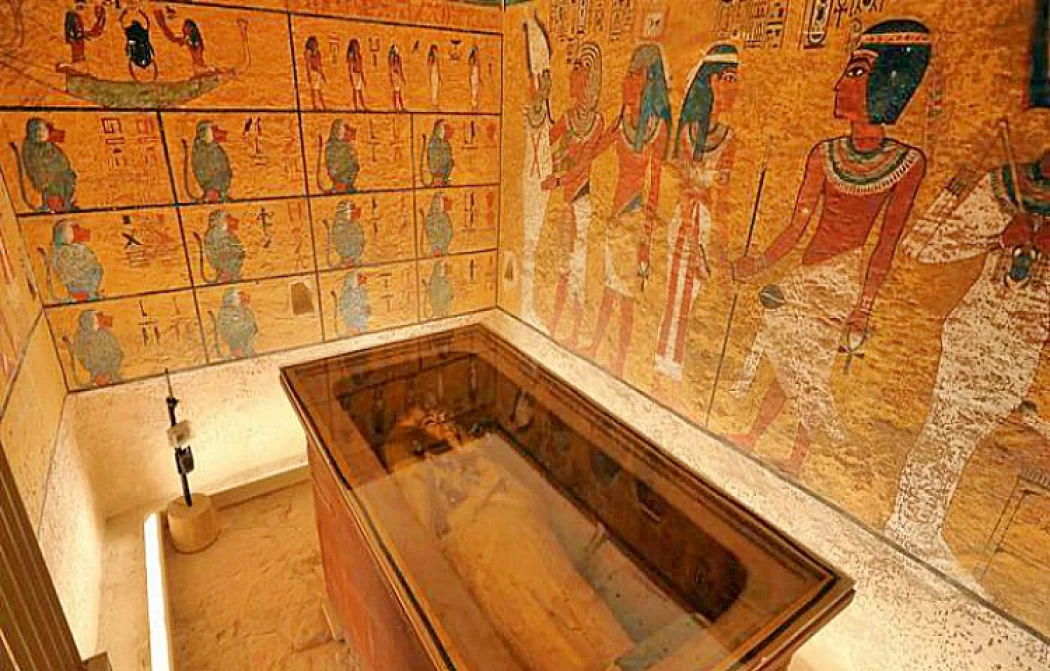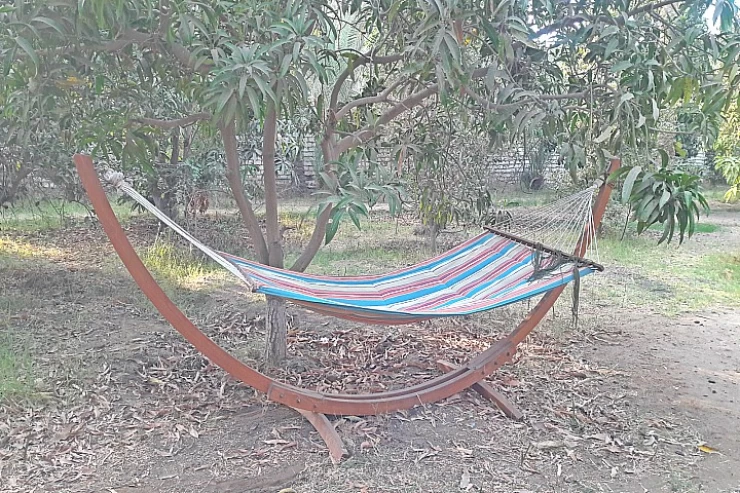
Tutankhamun's Tomb: A Glimpse into Ancient Egypt
Informations about Tutankhamun's Tomb
The boy king was one of the kings of the Egyptian dynasty in the New Kingdom era. He had a short reign, described as “quiet”, and did not make a mark in the history of Egypt, but despite this, his name became one of the most famous names in the world overnight, thanks to the discovery of his magnificent tomb complete with undamaged treasures in 1922.
Tutankhamun is possibly the most studied mummy in the world and the latest studies of Tutankhamun using advanced CT scans show that his body is no longer intact or even complete. The first study was done in 1925, shortly after his discovery.
Tutankhamun is the only Pharaoh's remains found inside a tomb in Egypt. At one stage, maybe around World War II, a breach occurred, and someone went into his tomb again, and its contents were disturbed such that some of the ribs of Tutankhamen were cut off presumably in the hunt for treasures or ornaments. It is however noted that thanks to science a lot more has been revealed about the health, the life, and the burial of king Tutankhamun.
Upon the discovery of Tutankhamun's tomb in 1922, it was noted that a garland of flowers encircled his neck, and the buds were in a good shape, because they were preserved within the coffin. While funeral bouquets have been discovered in other mummies, it is worth mentioning that this is the only royal burial where every single flower remained unaltered, as it was left by the ancient Egyptian mourners.
This indicates the importance of flowers in that era as Egyptians were interested in painting images of flower gardens on the walls of their tombs, stating that research on the fruits and flowers used to make the collar indicates Tutankhamun was interred between the middle of March and the end of April.
After several years of searching, Howard and his colleague were able to find the final resting place of the famous young king Tutankhamun, whose tomb was in the best condition of any of the other tombs in Egypt's Valley of the Kings.
There are legends of an old curse connected to the Egyptian pharaohs' tombs and mummies. This curse, so the story goes, can harm or even kill anybody who is concerned for the consolation these mummified remains may provide. Carnarvon was discovered dead shortly after King Tut's tomb was discovered. The reason of his death was blood poisoning, which was contracted from a mosquito bite on his face.
The lord was not the only victim of the curse of death, disease, or bad luck associated with this expedition. Among the many who perished were Carnarvon's half-brother who died of blood poisoning, Sir Archibald Douglas Reid who died of a mysterious illness, and George Jay Gould who died after contracting a fever following a visit to Egypt. In addition, some items from the king's tomb were gifted to Sir Bruce Ingram, a friend of Carter's, but not long afterward, a fire broke out in Ingram's house. A flood destroyed the house again after it had been restored.















